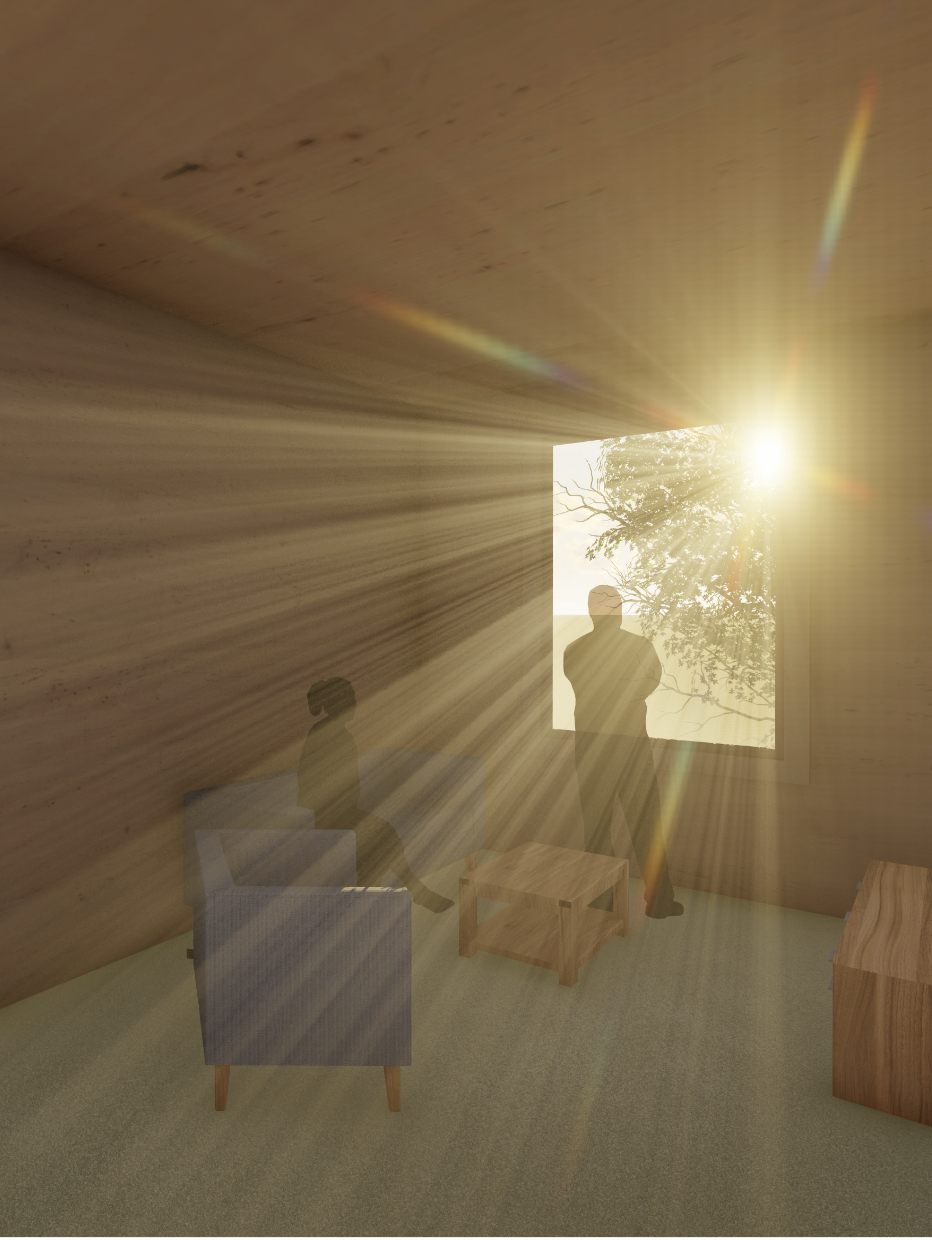DAYLIGHT - more than we see

Category
Daylight investigations - Region 1: Western Europe.
Students
Philipp Gawlik
School
Rosenheim University of Applied Sciences
Country
Germany
Download
Download ↓
Daylight has always played a major role in human development. Therefor, it is not surprising that it has other important effects on us besides the visual aspects. Especially due to the growing group of elderly people, who are limited in their mobility and have a higher demand due to the anatomy of their visual apparatus, the sufficient supply of daylight indoors becomes increasingly important. In addition, modern people in northern Europe spend about ninety percent of their lives inside buildings. We have only been exposed to these circumstances for a short time compared to the long adaptation to natural daylight, which often results in an undersupply of daylight inside our buildings. Any lighting, and especially daylight, affects the human biological system. The non-visual effects of light are essentially mediated by photoreceptors, the melanopsin-containing retinal ganglion cells in the eye. These have their highest sensitivity to light in a range perceived as bluish, corresponding to the color of the sky. A major effect in this context is the stimulation of the circadian phase, which influences the release of melatonin and other hormones and thus has a strong influence on the internal clock. In addition, among other effects, there is good success in the treatment of seasonal depression with melanopic effective lighting. Characteristic for daylight is high illuminance at high color temperature and thus high melanopically evaluated irradiance. In comparison, a relatively low illuminance is present indoors during the day. By multiplying the vertical illuminance at the eye by the melanopic daylight efficiency factor MDER, taking into account the melanopic transmittance and reflectance, the melanopic equivalent daylight illuminance MEDI can be calculated, to be able to evaluate interiors melanopically. To compare the influence of architectural design factors on the melanopically effective amount of daylight, a constructed research building was examined for the amount of MEDI in the living spaces. The individual parameters were modified and evaluated separately to compare their influence on the amount of daylight in the interior. The aim of the study, as part of my bachelor thesis, is to give the ability to evaluate a design in terms of lighting technology at the beginning of the planning process and to raise awareness of the connection between light and architecture. With the help of four measuring points, which simulate the field of vision of the building’s occupants in different occupied positions, the amount of MEDI can be calculated in the room, at different points in time. By evaluating individual architectural interventions in the existing situation, such as changing the wall thickness or moving the window in height, the parameters could be evaluated in terms of their effect. The evaluation of the measurement results showed that just by increasing the height, and painting the walls and ceiling with white wall paint, the living quality in the room could be significantly improved. This finding should be related to other factors in the design of living spaces when it comes to creating optimal conditions for the occupants of a building. After all, successful lighting design involves more than just meeting people’s visual needs.

































